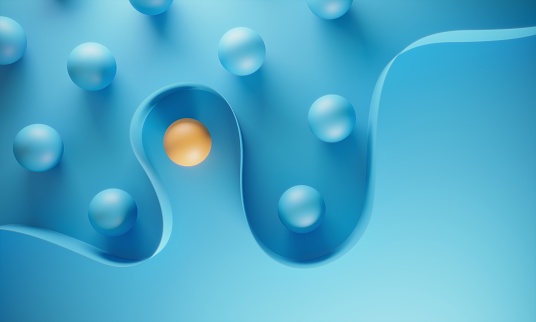Let’s get right into it.
First and foremost ensure there are no extraneous noises such as pets, people having conversations, traffic that may distract your recording process. Sometimes noise can be inevitable, check out my blog on Top Tips on How to Record your Oral History Interviews in a Noisy Environment. However the less noise the better the audio quality.
While recorders have options for recording it’s best to record in uncompressed, WAV format. A 24-bit rate, at 96kHz WAV files should be used for preservation of master recording and access copies should be set to 48kHz at 16-bit mp3. These settings do require a lot of storage capacity. That is why it is important to make sure that your recording equipment can save to an external storage source such as a Mini SD, microSD, or Memory Stick Card. However, if you as an oral historian do not have access to a recorder, most smartphones have the option of recording audio files in Mp3 format. May not be as good, but it will do for the time being.
If you will be using microphones, it is best to use external microphones. The lavalier microphones would do just fine, they clip to your clothing and use radio frequencies to transmit to a receiver on the camera/recorder.
Test your recording equipment. Ensure it is working to your liking to avoid any disappointment and ensure it isn’t picking up any static or surrounding noise.
Before the interview officially begins, introduce yourself, the purpose of the research and who if anyone you as the interviewer is conducting the interview for. Also check the sound levels of the interviewee’s microphone if you are using an external microphone on them. Also ask them for their consent to conduct the interview by giving them a consent form that you will have previously put together for them to sign.
While conducting the interview avoid talking incessantly over your interviewee while they are sharing their experiences. Instead show your attentiveness and engagement by using physical cues like nodding. Taking notes is also a way to show your attentiveness but since the recorder is going, it is not necessary to take excessive notes. Just light notes to avoid distractions.
Once you have completed your recordings, upload the files from the recorder to your computer, external hard drive and/or the cloud to ensure you don’t lose the file and for preservation and future access.
Label the recordings in such a way that you will be able to find your recordings later on and also so that you don’t lose your recordings.
And finally make copies of your digital file. Save a copy to an external hard drive and/or the cloud again for preservation and for future access.
That’s it for this blog, I do hope that it was helpful. Keep us in mind for your transcription needs and feel free to contact us for any questions or comments. Remember, always be kind try to stay positive and learn to unwind.
